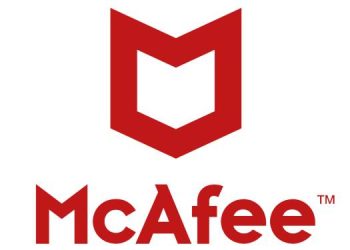ABI Research has forecast the market for analytics within pay-TV services will grow by 105% in the next five years, from $1.8 billion this year to $3.7 billion in 2022.
The analyst says that the likes of Comcast, Netflix, Sky, Telstra and other video companies can differentiate themselves from their peers by their strong use of analytics to optimise and improve operational metrics. Pay-TV companies are starting to transform products to support an analytical focus, moving in the direction of artificial intelligence and machine learning to enable self-optimisation.
Video companies sell today’s products in a host of point-solutions, including content and metadata engagement, customer management, network optimization and consumption measurement, the firm noted. Larger network-oriented business support systems and business intelligence vendors also play a significant role within these markets.

“Today’s siloed solutions mean that each business unit may rely on separate sources of data in solutions coming from different vendors, especially as small and mid-size video services,” said Sam Rosen, managing director and vice president at ABI Research. “Best-in-class OTT companies and Tier 1 operators with multiple services in diverse geographies started to build unified data platforms that centralize data and then provide access to every group based on their functional requirements.”
Investors are already latching onto the analytics opportunity in pay-TV services. Conviva, historically a strong technology-player in the QoS/QoE market, just announced $40 million of funding in a relaunch to test building more complete analytics solutions. Samba, an automatic-content recognition (ACR)-based measurement platform for Smart TsVs, similarly completed a $30 million round to disrupt the measurement space. ABI Research finds Samba to be unique in its ability to capture total device viewing, not limited to a specific service.
“Offering an analytics dashboard is table stakes for technology companies offering any component of a video distribution service,” added Rosen. “The ability to charge for the solution derives from moving from descriptive to predictive analytics, as well as offering modules for new roles within the video service provider. True next-generation solutions must offer comprehensive data architectures, as well as offer tools to enable prescriptive analytics or self-optimization via artificial intelligence and machine learning.”

















